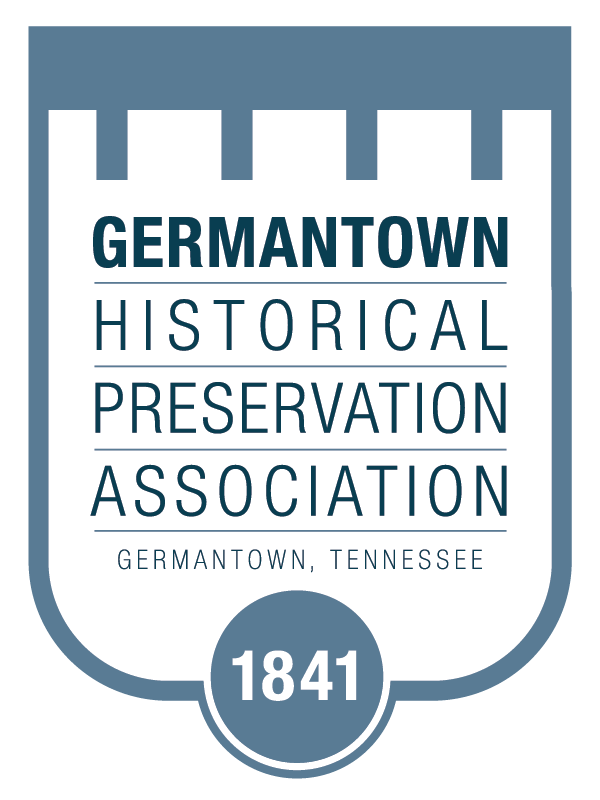
Planning for Germantown
By Andy Pouncey
August 31, 2006
Communities with a vision, a mission, or a comprehensive plan are better equipped to look beyond the day-to-day issues. They can face those issues with a view to the future with associated policies and action plans that provide direction for the leaders as they handle each new area under discussion.
I feel very lucky to live in Germantown, a city that has created a vision and continues to carry out the associated goals and objectives that bring that vision to fruition.
In 1939, the Poplar Pike Improvement Association, with a united vision, kept objectionable houses, businesses, and unsightly signs off Poplar Pike, reaching out to cooperate with other suburban garden clubs and PTAs in the beautification of this road.
The Germantown Civic Club, founded in 1936, had the vision to provide a quality life for citizens, funding various civic amenities for their benefit.
In 1955 (Population 920), Alderman Dr. John T. Carter made a motion to accept the following resolution: whereas a majority of the residents of Germantown and its immediate environs have expressed the desire that Germantown remains a choice residential section and further develop as same; and whereas many of the residents have a considerable investment in valuable homes and land, which they feel should be protected from depreciation in value through the construction of numerous small-lot developments; and whereas the growing body of the City of Germantown is desirous of carrying out the wishes of the majority of the citizens; and whereas the governing body must plan for the continuing and proper development of Germantown as a choice residential section”.
By August 1978 (Population 18,000), the Board of Mayor and Aldermen adopted a Germantown Land Use Plan, as prepared by the Germantown Planning Commission and assisted by the Tennessee State Planning Office.
The goals and objectives supporting their vision provided guidance for the plan and the direction toward which a program of land use should be implemented in the future including: (1) maintaining Germantown as a primarily single-family residential community; (2) retaining an orderly, compact centrally-located commercial area designed to meet the needs of Germantown residents; (3) providing for development which allows an efficient level of government services; (4) planning for a strong, diversified economic base; and (5) preserving existing natural features such as vegetation; natural processes as flood plains, drainage areas, aquifers, and steep slopes; and areas available for public enjoyment by providing and protecting environmentally compatible urban growth.
The Germantown 2004 Plan, completed in 1986 (Population 28,161), contained a Land Use Planning element, a basic planning document to assist the citizens and officials of the city in making future development decisions and taking action for future growth. The additional population was beginning to impact the city’s original vision, as more people were requiring goods and services.
This was reflected in the policy to maintain Germantown primarily, but not exclusively, as a single-family residential community by protecting the character and integrity of existing and future residential areas through the provision of high-quality design standards in new development and by protecting residential areas from the encroachment of non-compatible land uses.
With Vision 2020 completed in 2005 (Population 40, 203), this updated vision requires us to take a hard look at the City’s sustainability into the future, the management of its financial resources, and a land-use plan that focuses more on competitive economic development patterns relative to adjacent communities whose borders now touch ours.
Vision 2020 reads “Germantown is a safe, family-friendly city which is a community of residential neighborhoods, has natural and designed beauty, and provides exceptional leisure, cultural and recreational opportunities. Our residents enjoy excellent schools, diverse shopping, and dining choices, access to premier healthcare, and ease of mobility to the Memphis region and the world. Businesses have opportunities to succeed. The community takes pride in Germantown.”
In the past, the city relied more on the region’s resources rather than its own and still retains that capacity. Through the years though, Germantown’s non-residential areas have increasingly met the needs of its citizens for goods and services, leading to greater self-sufficiency and reducing the need to increase taxes.
The visions that our leaders have developed continue to protect the City’s original vision while meeting the city’s changing needs for the present and future. Come join the City’s consultants in a design charrette, September 20-26, at the Germantown Centre Great Hall, as the city studies its core land-use patterns and refines our city’s future vision.
(This particular process led to our Smart Growth Ordinance & Land Use we have today.)
